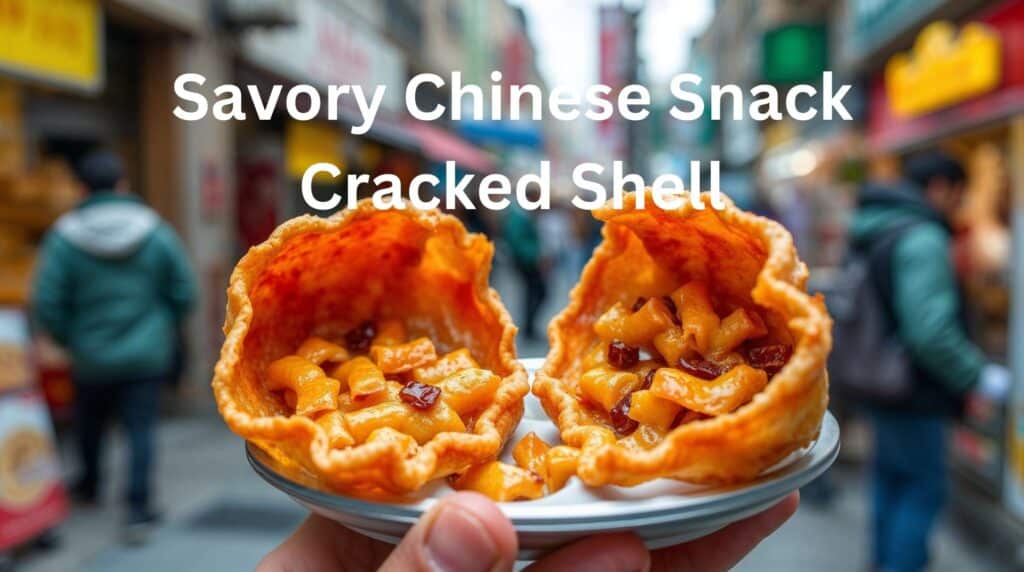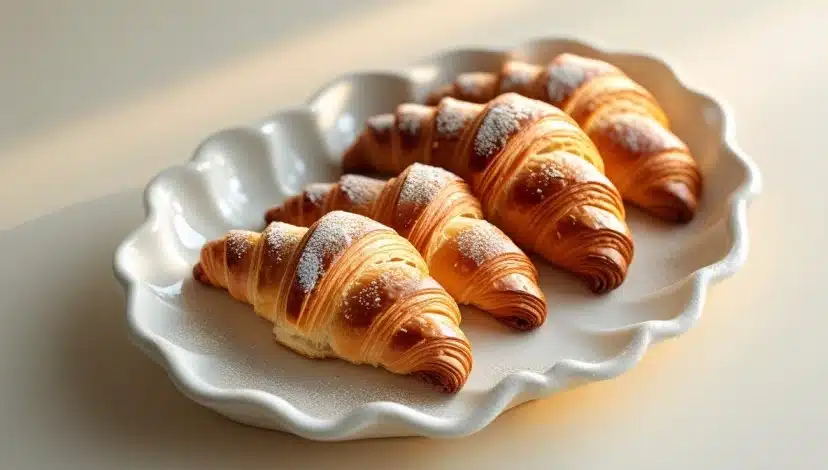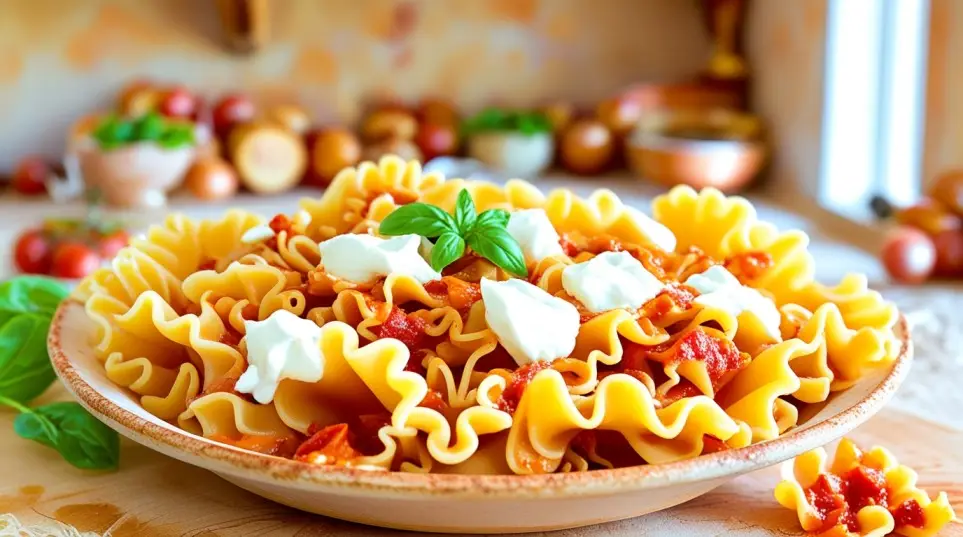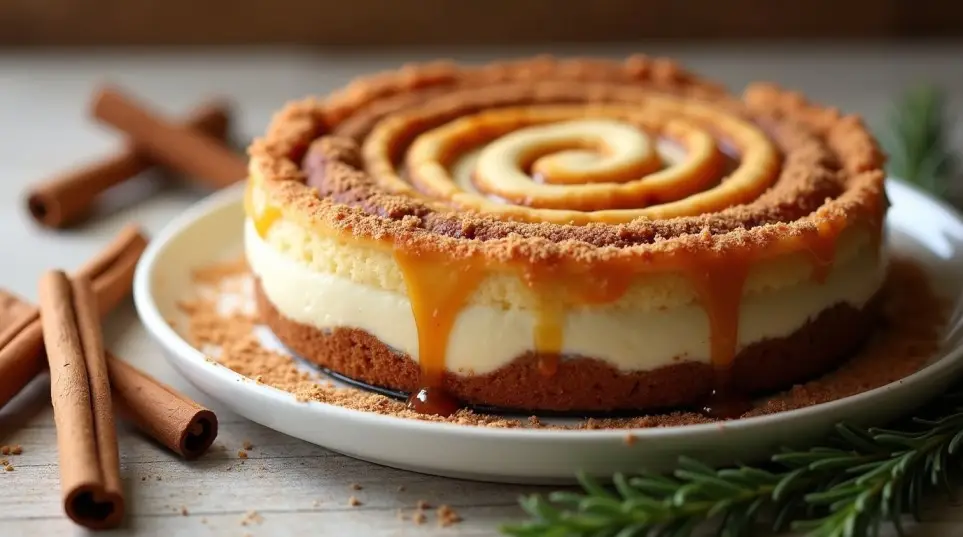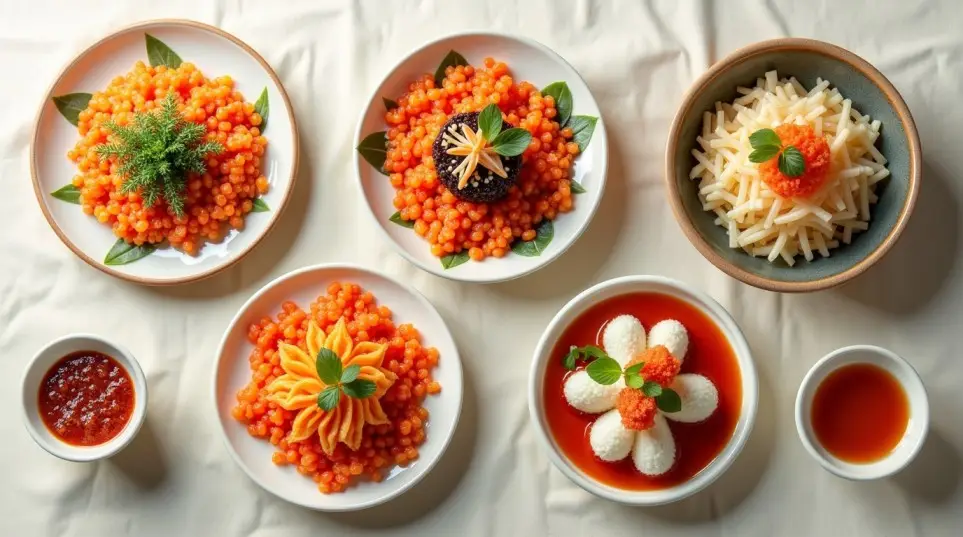Chinese cuisine is a treasure trove of bold flavors, intricate techniques, and deep cultural significance. Among its countless culinary gems lies the “savory Chinese snack cracked shell,” a term that conjures images of rich aromas and mouthwatering delicacies. These cracked shell snacks, best exemplified by the iconic tea eggs, are more than just street food—they’re a sensory experience steeped in history, tradition, and unparalleled flavor.
This article will delve into the origins, recipes, and variations of this unique snack while exploring its essential role in Chinese cuisine.
The Origin of Savory Chinese Snack Cracked Shell Cuisine
Cracked shell snacks are rooted in ancient China, where resourcefulness in food preparation led to inventive culinary delights. The concept revolves around boiling an ingredient, typically an egg, and then cracking the shell to allow a marinade or spiced liquid to infuse flavor. This ingenious method dates back to the Ming Dynasty when preserving food was necessary. Over time, the technique evolved, and cracked shell snacks became practical and highly sought after for their savory taste and striking appearance.
These snacks gained widespread popularity as portable, protein-packed bites for travelers and laborers. They eventually found their way into urban markets and became a street food staple. Today, tea eggs are sold from bustling food stalls, convenience stores, and even luxury restaurants, showcasing their versatility and timeless appeal.
Understanding Tea Eggs: The Iconic Cracked Shell Snack
Tea eggs, or “cha ye dan” (茶叶蛋), are the quintessential savory Chinese snack cracked shell. These hard-boiled eggs are simmered in a spiced tea mixture, creating a beautifully marbled appearance and an umami-rich flavor. The process begins with boiling the eggs, gently cracking their shells, and then steeping them in a fragrant blend of black tea, soy sauce, and spices like star anise, cinnamon, and Sichuan peppercorns.
Why are tea eggs so beloved?
- Appearance: The cracked shell creates a marbled pattern, adding visual intrigue to an otherwise simple ingredient.
- Flavor: The marinade seeps through the cracks, imbuing the egg with layers of savory, slightly sweet, and aromatic flavors.
- Versatility: Tea eggs can be enjoyed as a snack, part of a meal, or a side dish.
Tea eggs are just one example of cracked shell snacks in Chinese cuisine. Other variations include preserved quail and salted duck eggs, each with a unique preparation and flavor profile.
How to Make Savory Chinese Snack Cracked Shell
Creating your own savory Chinese snack cracked shell at home is surprisingly simple and highly rewarding. Here’s a step-by-step guide to making classic tea eggs:
Ingredients:
- 6 large eggs
- 4 cups water
- 3 tablespoons soy sauce
- 1 tablespoon dark soy sauce (optional for deeper color)
- 2 black tea bags or 2 tablespoons of loose black tea
- 2-star anise pods
- 1 cinnamon stick
- 1 teaspoon sugar
- ½ teaspoon Sichuan peppercorns
- 1 small piece of dried orange peel (optional)
Instructions:
- Boil the Eggs: Place the eggs in a pot, cover with water, and boil. Once boiling, lower the heat and simmer for 8-10 minutes.
- Cool and Crack: Remove the eggs from the hot water and immediately transfer them to an ice bath. Once cool, gently tap the shells with the back of a spoon to create cracks. Avoid peeling them entirely.
- Prepare the Marinade: In a pot, combine water, soy sauce, dark soy sauce, black tea, star anise, cinnamon, sugar, and Sichuan peppercorns. Bring the mixture to a boil, then reduce to a simmer.
- Simmer the Eggs: Add the cracked eggs to the marinade, submerging them fully. Let them simmer for 1-2 hours for maximum flavor infusion.
- Marinate Overnight (Optional): For even deeper flavor, leave the eggs in the marinade overnight in the refrigerator.
- Serve and Enjoy: Peel the shells to reveal the marbled eggs, and enjoy them warm or cold..
Flavor Profiles of Chinese Snacks

Cracked shell snacks like tea eggs represent the broader flavor profiles commonly found in Chinese snacks. These include:
- Savory: Soy sauce and spices provide a rich umami base.
- Aromatic: Star anise, cinnamon, and Sichuan peppercorns add layers of complexity.
- Slightly Sweet: A touch of sugar balances the saltiness, creating a harmonious blend.
- Earthy: The tea lends a subtle earthiness that complements the other flavors.
Chinese snacks often combine multiple flavor dimensions, creating a balance that satisfies every palate. The cracked shell technique enhances this experience by allowing the flavors to penetrate deeply into the food.
Savory Chinese Snack Cracked Shell: What You Need to Know
While tea eggs are the most famous example, there are many other savory Chinese snacks with a cracked shell that deserve attention:
- Salted Duck Eggs: A preserved egg cured in a salty brine, often served with congee or rice dishes.
- Century Eggs: Though not cracked similarly, these preserved eggs feature a unique texture and flavor that is iconic in Chinese cuisine.
- Quail Tea Eggs: A smaller, bite-sized version of traditional tea eggs, popular as finger food or in lunch boxes.
Each variation showcases the cracked shell technique’s adaptability and ability to bring out the best in simple ingredients.
FAQ Section
What makes Savory Chinese Snack Cracked Shell unique?
The cracked shell technique allows marinades and spices to infuse deeply into the food, creating complex flavors and visually stunning marbled patterns.
Are tea eggs healthy?
Yes! Tea eggs are a good source of protein and are low in calories. The spices used, such as cinnamon and star anise, also have beneficial properties, such as aiding digestion.
How long can I store tea eggs?
Tea eggs can be stored in the refrigerator for 3-4 days. For maximum flavor, they should be kept in their marinade.
Can I use other types of tea for the marinade?
Absolutely! Green tea, oolong tea, or even herbal teas can be used to create unique flavor profiles.
Are there vegetarian alternatives to cracked shell snacks?
Yes, tofu can be marinated using similar techniques to create a flavorful vegetarian snack.
Final Thoughts
The savory Chinese snack cracked shell is more than just a food—it represents Chinese culinary ingenuity, culture, and love for balanced flavors. Whether savoring a tea egg from a street vendor or preparing a batch at home, these snacks offer a sensory experience that’s both comforting and exciting.
By learning to make these iconic snacks yourself, you’re not only recreating a dish but also participating in a rich cultural tradition that has endured.

